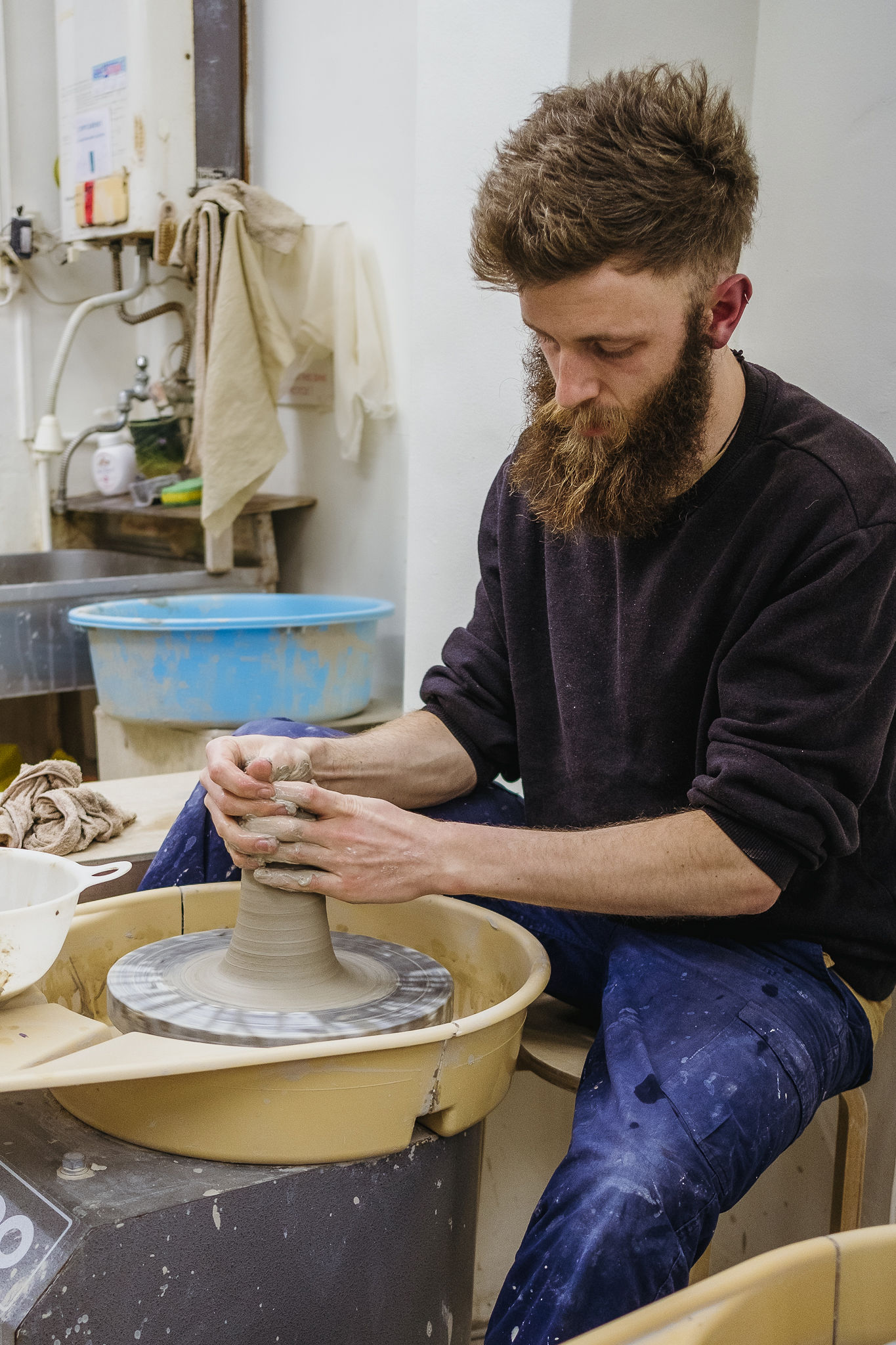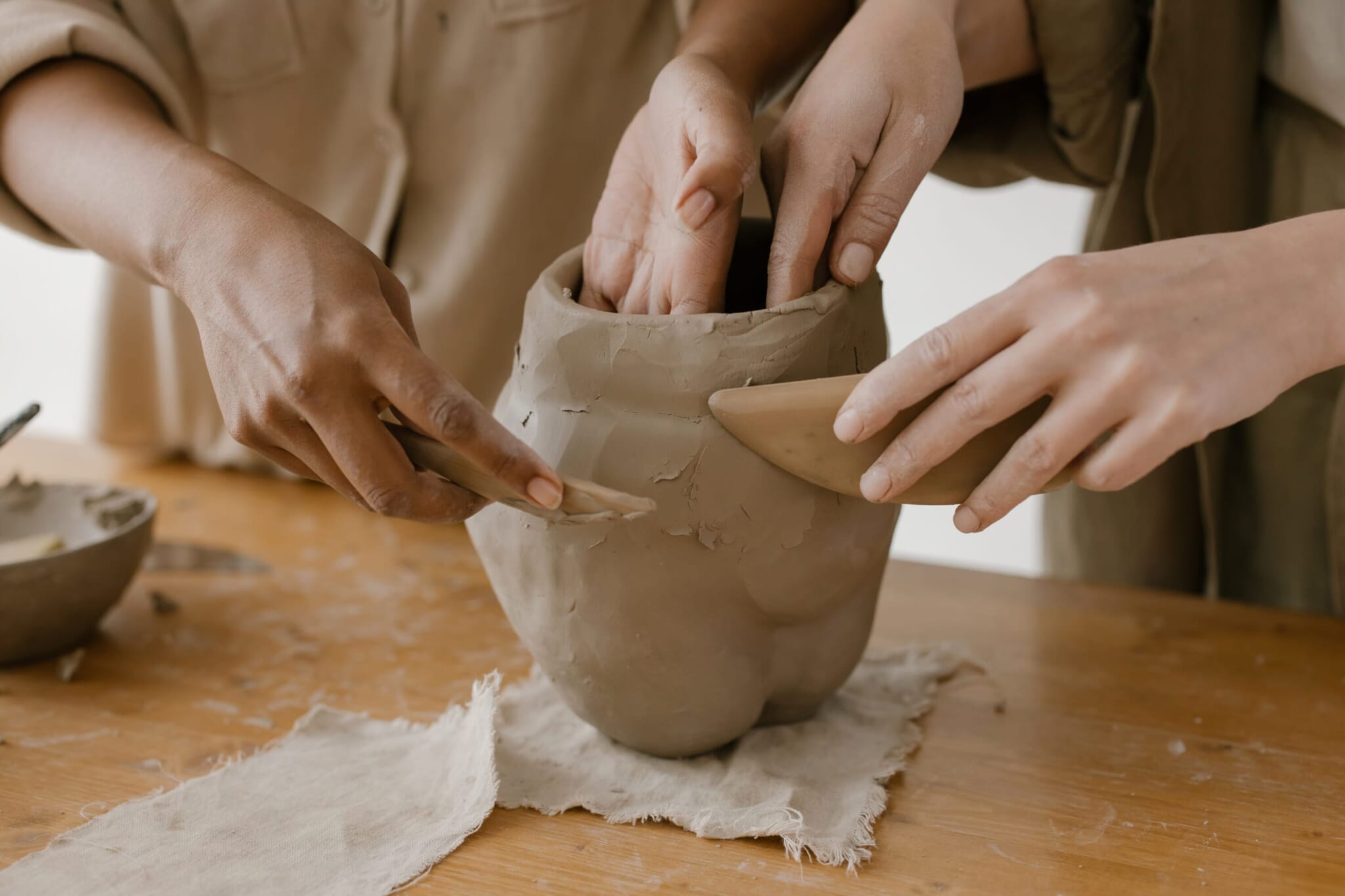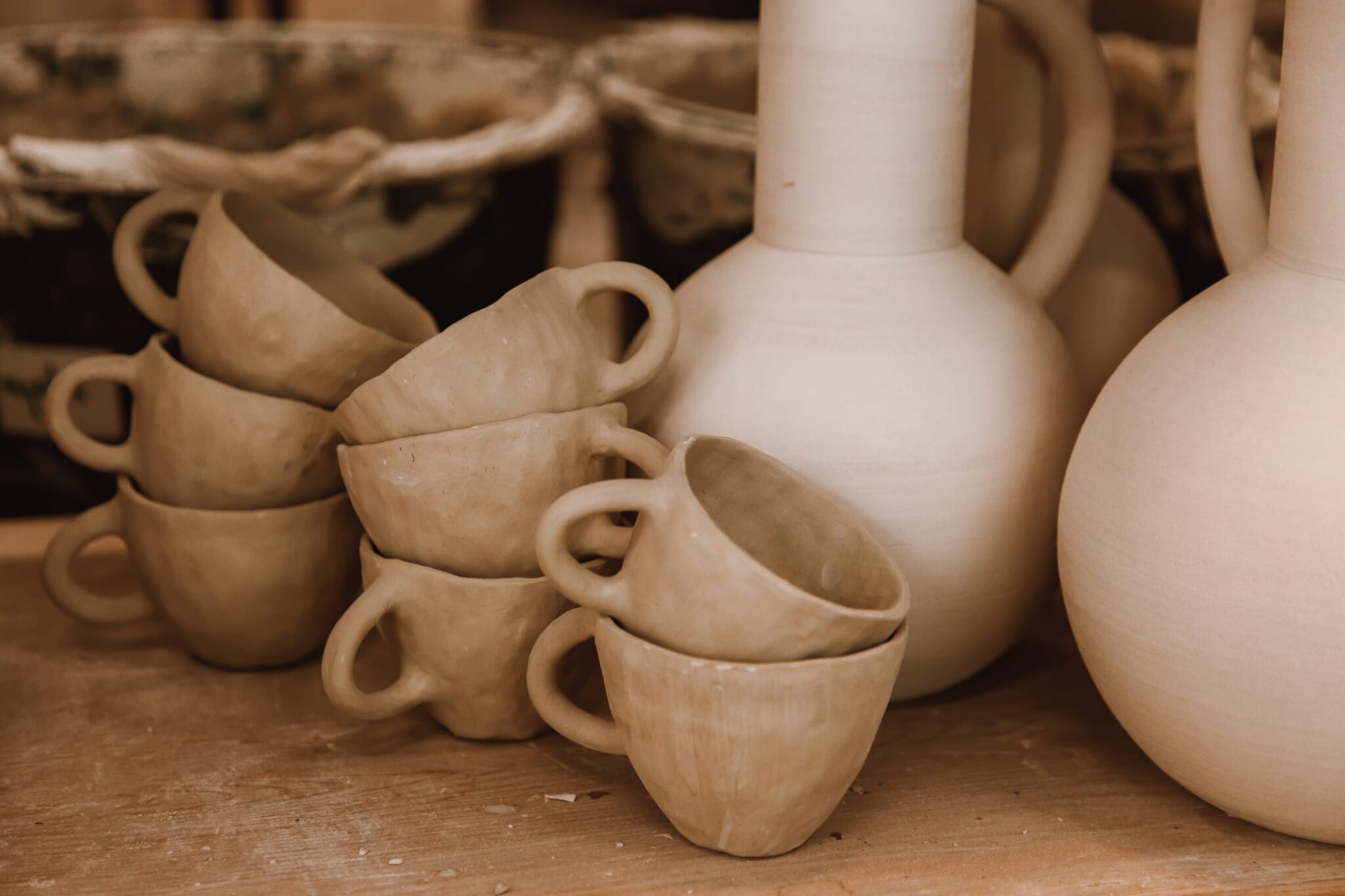Last year, two friends and I booked a pottery class in Minato ward. Since English is our common language, we specifically looked for ceramic schools with English-speaking instructors. To our surprise, neither of our instructors were Japanese but actually foreign residents who spoke English and Japanese fluently, often changing from one to the other. My friends and I were impressed by their language skills, yes, but also by their passion and dedication to Japanese pottery.
As we worked closely with them during the class, they shared their pottery journey in Japan. The more I listened, the more I wondered what motivated them to leave their country and explore this niche corner of Japanese traditional arts. How did they discover it? But more importantly, how did they turn it into a full-time career in Japan? My mind grew curious.
I had the pleasure of meeting one of the artists from the pottery studio outside the classroom for coffee. Ceramic craftsperson Stephen Kissick from Northern Ireland moved to Japan just before the country closed its borders. He was kind enough to answer my many questions.

During his first few months in Japan, Kissick struggled to adapt to life here due to a limited grasp of the language and few contacts in the industry. Fortunately, with hard work and dedication, he’s gotten over many challenges. Along with teaching pottery at the studio, Kissick hosts workshops around the city, collaborates with businesses like coffee shops to create limited-edition merchandise and exhibits his work throughout Japan. His story can guide anyone interested in learning traditional Japanese pottery and turning it into a career in Japan.
A Ceramic Artist’s Tips on How to Get Started
Whether you’re an absolute beginner or have some experience in pottery, Kissick recommends doing three things fairly actively if you’re serious about turning it into a career: network, do one or more apprenticeships and study Japanese.
Networking: Get to Know the Community
According to Kissick, the best way to grow in any creative field is to master the art of networking. Anyone with a similar interest and skills could be considered a valuable connection. He recommends starting with your present contacts. These could be your friends at art school, your professors, micro-influencers on social media or local artists. One way to do this is to attend events and local exhibitions, which often host artist talks.
Pushing yourself out of your comfort zone and meeting new people in your desired field of work is the first step to reaching your dreams.
Find a Teacher: Seek an Apprenticeship
If the opportunity arises, Kissick recommends seeking an apprenticeship with a master potter in Japan. An apprentice program typically involves living and working with them, learning their techniques and methods, as well as assisting them with any and every aspect of their pottery work.
Pottery, like many art forms, can take several years to master. Learning from a master potter in the right environment can provide a solid foundation for a career in pottery. Arita, Shigaraki and Mashiko are famous pottery towns with studios where you can stay and learn pottery, though you can find studios that are open to apprenticeships anywhere in Japan, from Hokkaido to Okinawa.
Alternatively, pottery schools in Japan offer structured and supportive learning environments, and some offer certification programs to help you find employment or start your own business. It’s best to do your research and assess which approach is best suited to your needs, goals and art style.
Communicate Better: Study Japanese
It’s rare to find English instructors if your pottery studio is in the countryside of Japan. Kissick stresses the importance of learning Japanese before joining a pottery course and seeking an apprenticeship. Local artists communicate with their students in Japanese most of the time. You may miss important lessons or feedback if you are not fluent in the language. Conversational-level Japanese (N4 or N3) can open up new possibilities for you, but you should aim to be as fluent as possible.
Earning Money as a Potter in Japan
You have worked hard, invested a lot of time and gained a lot of knowledge about Japanese pottery. So how can you now earn an income from it?
Work at a Pottery Studio
Japan has plenty of pottery studios and ceramic schools that hire skilled and bilingual potters to help them design and produce pieces for their collections or to assist them with production. This can be a rewarding experience to make money, meet other potters and work in a supportive environment. If teaching comes naturally to you, you could consider becoming an instructor one day. Maybe invest in your own studio space or work at a school or studio where you can teach your passion and earn from it. For a Japanese company looking to attract foreigners to its pottery studio, bilingual instructors are said to be valuable assets.
Sell Your Work
With social media at your fingertips, you can create a successful pottery business using these platforms to showcase your work. You can use Etsy, Facebook Marketplace, Instagram Shop, or even Mercari to sell your work. Online businesses offer a variety of benefits, including lower marketing costs, flexibility, faster transactions and, of course, better reach to attract new customers.
In the real world, several pottery towns hold ceramic fairs or flea markets every month. Participation in the event requires advance registration and payment. Such fairs allow you to showcase your work, meet new customers and expand your network.
Pick a Niche and Master It
Kissick loves good coffee and pottery, and he found a way to collaborate with coffee shops around the city. He holds pottery workshops there or makes handmade crockery items such as cups and saucers to order. It is possible to offer collaboration pitches to businesses like florists, cafés, bakeries and local art galleries to showcase and sell your pottery.











